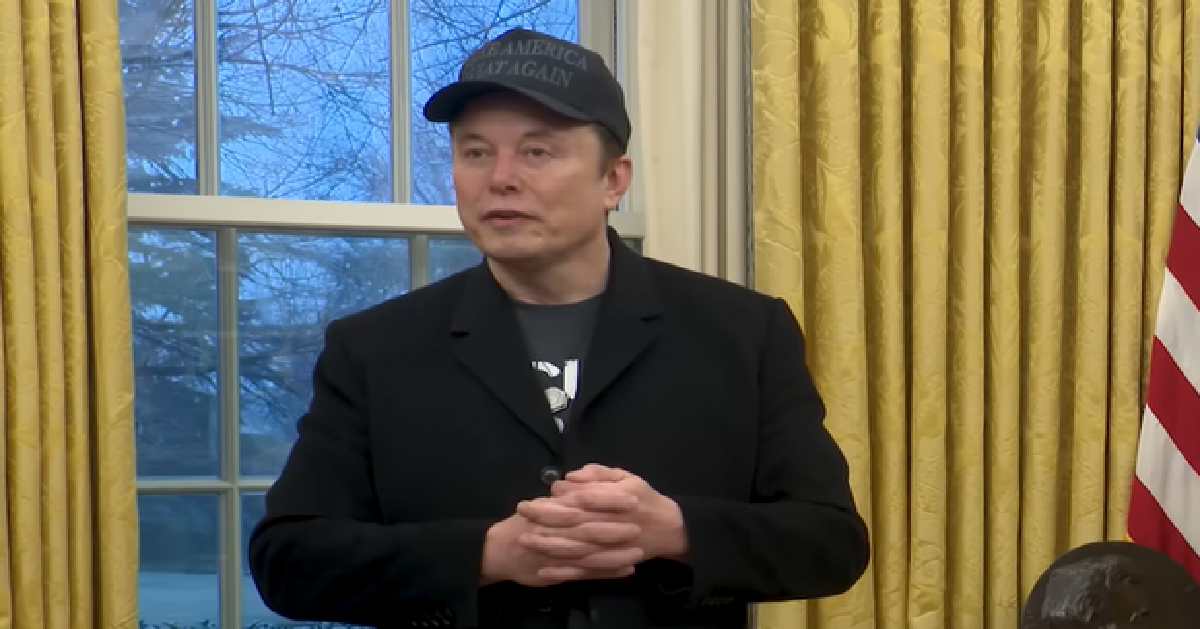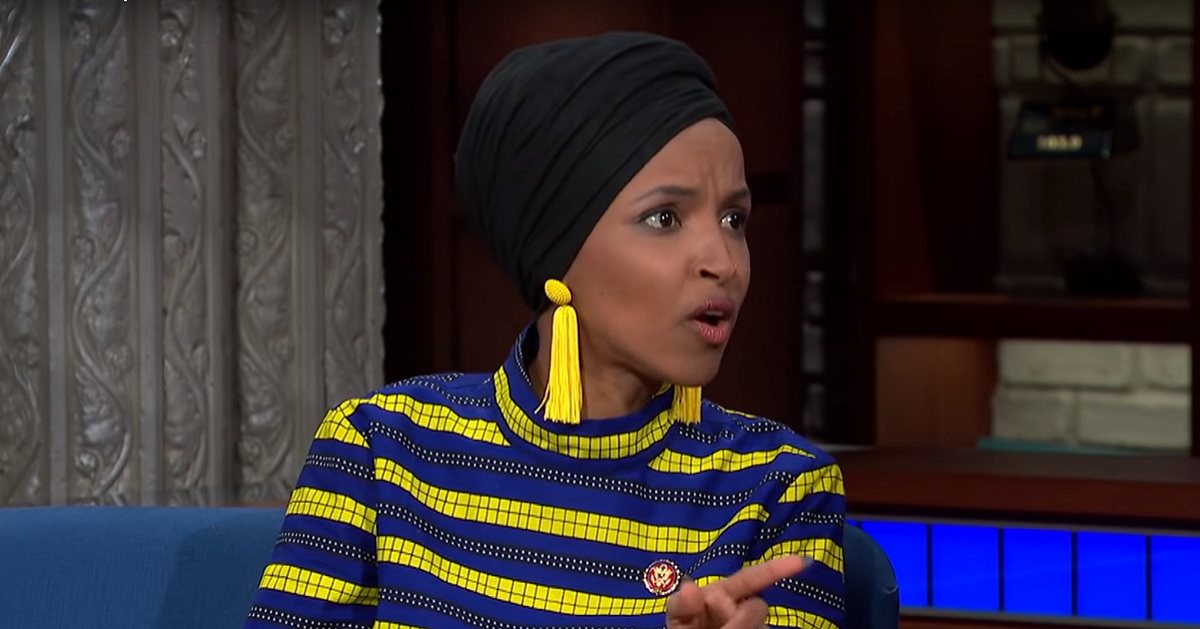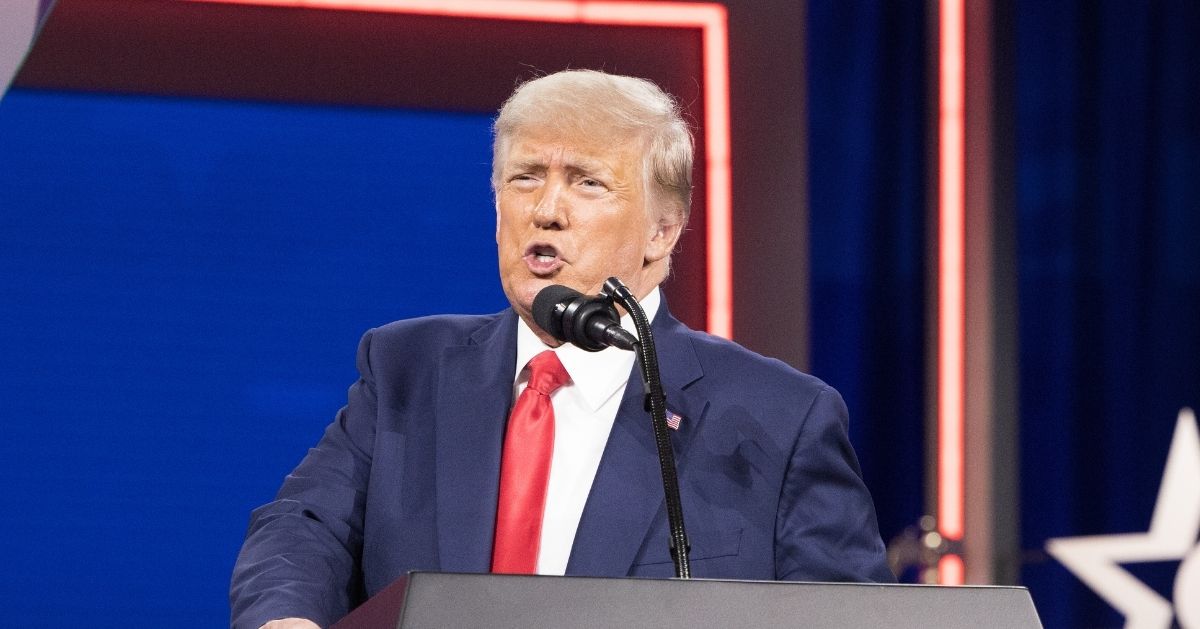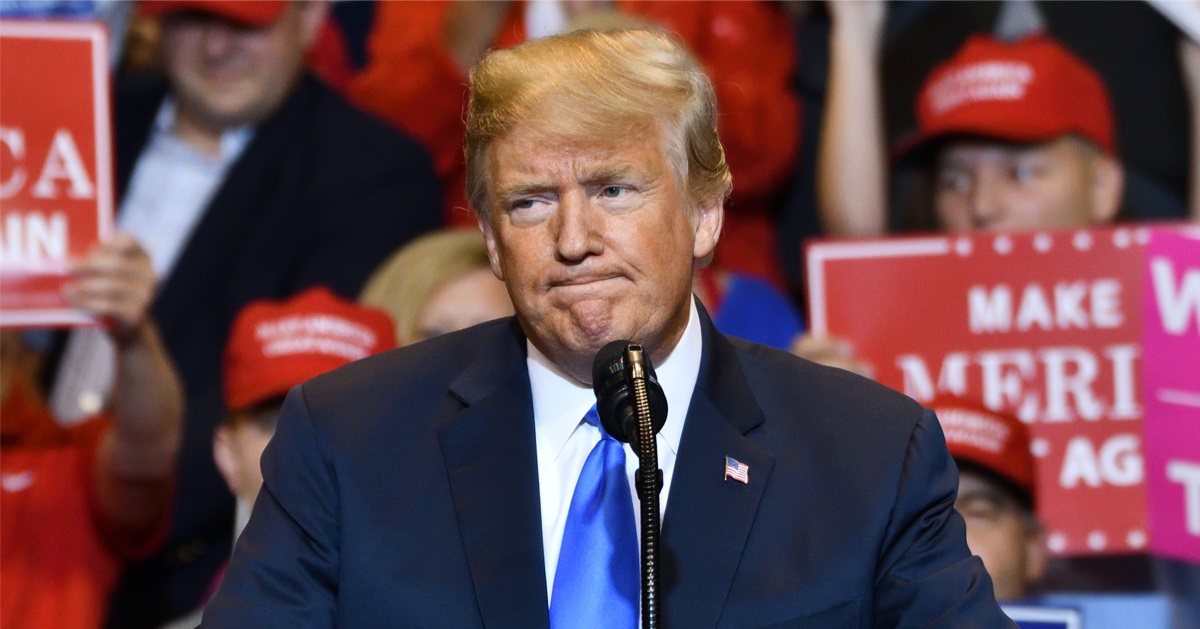DANIEL VAUGHAN: Kamala Harris Is Struggling To Win Over White Working Class Voters
It's the last week of September, and we're 40 days from Election Day in the United States. The final stretch of October is before us, and strategists like James Carville already think an "October Surprise" is right around the corner. Whether or not that happens is irrelevant, what is important is the polling lead of Kamala Harris and how similar it is to Hillary Clinton's 2016 campaign.
In 2016, Hillary Clinton held a three-point lead in the RealClearPoltitics average at this point in September. She'd finished with essentially the same polling support by Election Day, and that's factoring in all the craziness of the Access Hollywood tape story involving Trump and the FBI reopening its investigation into Clinton's email server.
The polls ended up being off on Clinton's support nationally because she finished with a 2.1-point lead in the popular vote. Why is that important? It's identical to Kamala Harris's polling in the RealClearPolitics average right now, where Harris holds a 2.1-point lead over Donald Trump.
One significant difference between 2024 and the prior two elections for Donald Trump is that Trump's support is stable in this cycle. In the previous two elections, Trump's support could plunge below 40% and swing up to tie Clinton or Biden in certain polls. The variance was high. We're not seeing that this cycle because Trump has held between 46-47% support in the averages.
In 2016, Donald Trump won 46.1% of the vote, and in 2020, he won 46.9% of the vote. In 2024, Donald Trump seems destined to win 47% of the vote and possibly more. In short, Trump's 2024 polling reflects the full support he got at the end of the 2016 and 2024 elections. Any gains Trump makes will be reflected in those numbers.
If we can expect Trump to win 46.5% - 47.5% of the popular vote, then the real question is, what does Kamala Harris's coalition look like as we head down the stretch? The truth is, we don't really know.
In 2016, Trump ripped White Working-Class voters out from under Clinton, delivering him narrow victories across the Midwest. In 2020, Joe Biden recaptured some of those voters and formed a version of the 2012 Barack Obama coalition that defeated Mitt Romney.
Where is Harris? It's hard to say. Harris isn't making the same mistakes Clinton did by not visiting or pouring resources into states like Pennsylvania, Wisconsin, and Michigan. In some of these swing states, Harris may have a better ground game than either Biden or Clinton. But a ground game doesn't guarantee results.
Ruy Teixeira, who co-authored the national bestseller The Emerging Democratic Majority, published a piece before the Trump-Harris debate raising the alarm that Harris has issues with White Working-Class voters.
He noted, "More detailed NYT results reveal that Harris, relative to Biden in 2020, is doing 10 points worse among white working-class voters and 18 points worse among nonwhite working-class voters. The latter is despite considerable improvement for Harris among this demographic since Biden dropped out."
Subsequent New York Times polling shows the race as tied on a national level, despite all the positive press for Harris from the debate, underscoring her weaknesses even more. Where Biden could count on support from unions, Harris couldn't even land an endorsement from the Teamsters union.
Even more concerning for Harris is her support among Black voters. If they start tracking the class divide in the country, Harris will witness her support erode even more. Journalists are publishing pieces showing Black Democratic groups livid at the Harris campaign for ignoring them. Interviews with Black voters and infighting among Democratic groups reflect similar red flags Hillary Clinton should have taken seriously in 2016 with White Working-Class voters.
All the evidence we have right now says that Trump's support is stable, and he's regained his 2016 standing with White Working-Class voters while making more inroads with minority voters. If that's true, the question is, what coalition does Harris cobble together on Election Day?
Harris could take even more White suburban voters from Trump and Republicans. She polls particularly well with that group, who had lost interest in Joe Biden. That will boost her numbers in cities and blue states, but whether that will move the needle enough to replace her losing working-class voters in the Midwest is unclear.
The focus is on Harris because we know Trump's game plan and where he's likely to end up in the popular vote. If Trump overperforms his polls again, by similar margins in 2016 and 2020, without regard for where he is now, then we're staring at a very real possibility of Trump winning both the electoral college and the popular vote.
For now, I'm assuming the polls are largely accurate. If that's the case, Kamala Harris has red flags everywhere. She's showing similar weaknesses to Hillary Clinton in 2016. If this pace continues, Harris will need something neither Clinton nor Biden got: polling errors that favored Democrats, not Donald Trump.






